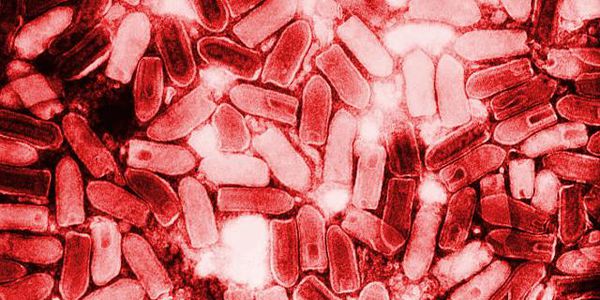Researchers caution that the Ebola infection in a short period of time has passed in excess of 300 hereditary changes – which could make it considerably increasingly lethal!
What is Ebola?
Ebola is an infectious virus that is currently being developed in three countries in western Africa. Specialists and researchers are as of now acquainted with this infection over the most recent 50 years, however this is so far the biggest number of Ebola cases. The Ebola infection was first recognized in the Democratic Republic of the Congo (at that point known as Zaire) in 1976 and can be found in African nations. Periodic outbreaks emerged, but the current epidemic in western Africa that began in Guinea in March 2014 is the deadliest in history.
What are the symptoms?
The symptoms of Ebola do not manifest immediately, but 2 to 21 days after the person is infected. Symptoms are:
- High temperature
- Headache
- Pain in the body
- Vomiting
- Bleeding
What is a direct contact?
Direct contact means that the blood or body fluids of the infected person or their body touch eyes, nose, mouth or open wound of a healthy person. People can also be infected by contaminated surfaces and materials, including bedding and clothing.
What are body fluids?
Body fluids include blood, saliva, mucus, feces, sweat, tears, breast milk, urine and sperm.
Can Ebola be transmitted by sneezing?
It is possible that Ebola can be transmitted by sneezing or coughing, but scientists confirm this is unlikely. The salivation or mucous film of the contaminated individual would need to enter the nose, eyes, mouth or an open injury as the infection would spread.
Can Ebola Pass the Mosquitoes?
There is no evidence to confirm this claim. People, bats, monkeys and gorillas can transmit Ebola, however current proof recommends that mosquitoes and different creepy crawlies can not transmit Ebola.
Can it mutate and be transportable through the air?
And even before the mutation comes, experts confirm that it is unlikely that the virus will be able to mutate so that it can be transportable by air.
Is there a cure? Is there a vaccine?
There is no cure, but it’s hard work to find. The experimental drug snake was used to treat individual patients, including two US missionaries. For the time being, it is still unclear what the role of the medicine was, whether it is in the process of recovery of these patients. Several drugs after an accelerated procedure have been put in the testing phase, including the dragon, but experts say it will take months, or even year, to produce the drugs needed to control the current epidemic.
Vaccine tests have been launched, but they only help protect people who are not infected with the virus. At this point, the difference between life and death in an Ebola-infected patient comes down to basic interventions: giving sufficient amounts of fluid, maintaining blood pressure and reducing the effects of other infections that can weaken immunity. The Ebola epidemic is specific in that the world has become a global village. People travel from one end of the world to another, which in large measure makes it easier for the infectious virus to expand. You can have a cause for concern if you have been in contact with a person who is already infected with Ebola.
Find out more about: 6 Mistakes That Almost All Girls Repeat During Menstruation



